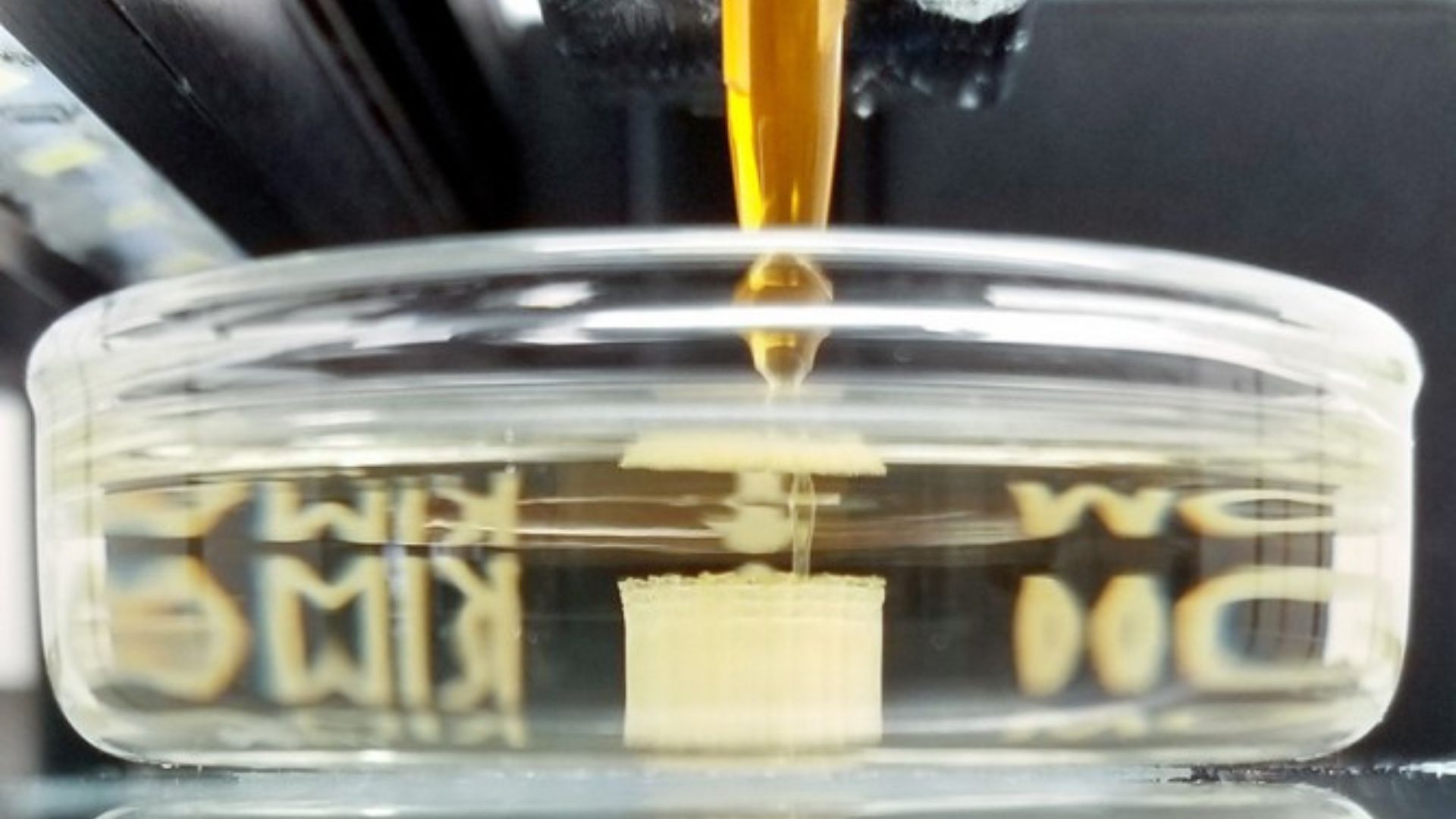Cornell researchers have developed a one-step 3D printing method to produce superconductors with unprecedented performance. The technique streamlines fabrication and could enhance technologies from MRI magnets to quantum devices.
The advance builds on nearly a decade of research led by Ulrich Wiesner, the Spencer T. Olin Professor in Cornell’s Department of Materials Science and Engineering.
His team first showed in 2016 that soft materials could guide the formation of superconductors. By 2021, they matched conventional methods in performance.
The new study moves beyond that milestone. It uses an ink made from copolymers and inorganic nanoparticles that self-assemble during 3D printing.
Heat treatments then convert the printed structures into porous crystalline superconductors.
This “one-pot” process bypasses many steps common in traditional methods, which often require separate synthesis, powders, binders, and multiple rounds of heating.
Cornell’s method creates superconductors structured at three scales: atoms in crystalline lattices, mesostructures from block copolymer assembly, and macroscopic 3D-printed shapes like coils and helices.
“This has been a long time in the making,” said Wiesner, who also teaches in Cornell’s Department of Design Tech. “What this paper shows is that not only can we print these complex shapes, but the mesoscale confinement gives the materials properties that were simply not achievable before.”
Record-setting performance
The standout result came from printing niobium nitride. The nanostructured porosity boosted its upper critical magnetic field to 40–50 Tesla, the highest confinement-induced value reported for this compound.
That property is vital for superconducting magnets in medical imaging and other applications.
“We’ve mapped this superconducting property onto a macromolecular design parameter that goes into the synthesis of the material,” Wiesner said. “The map tells us which polymer molar mass is needed to achieve a specific superconductor performance, a remarkable correlation.”
Graduate students played central roles. Fei Yu developed and tested the inks, while Paxton Thetford solved the chemistry challenges of unusually small block copolymers.
Professors Bruce van Dover, Sol Gruner, and Julia Thom-Levy also contributed from materials science and physics.
Future directions in quantum materials
The team plans to expand the approach to other superconducting compounds, including titanium nitride. They also want to explore complex 3D geometries difficult to achieve with conventional methods.
The porous architecture offers record surface areas for compound superconductors. That feature could prove valuable for quantum materials research and next-generation devices.
“I’m very hopeful that as a new research direction, we’ll make it easier and easier to create superconductors with novel properties,” Wiesner said. He credited Cornell’s collaborative environment, which brings together chemists, physicists, and materials scientists. “This study demonstrates just how much potential there is in soft matter approaches to quantum materials.”
The National Science Foundation supported the research, along with Cornell’s Materials Research Science and Engineering Center.
Additional work took place at the Cornell High Energy Synchrotron Source with support from the Air Force Research Laboratory.
The study is published in the journal Nature Communications.
